San Pedro attractions and its Surrounding areas
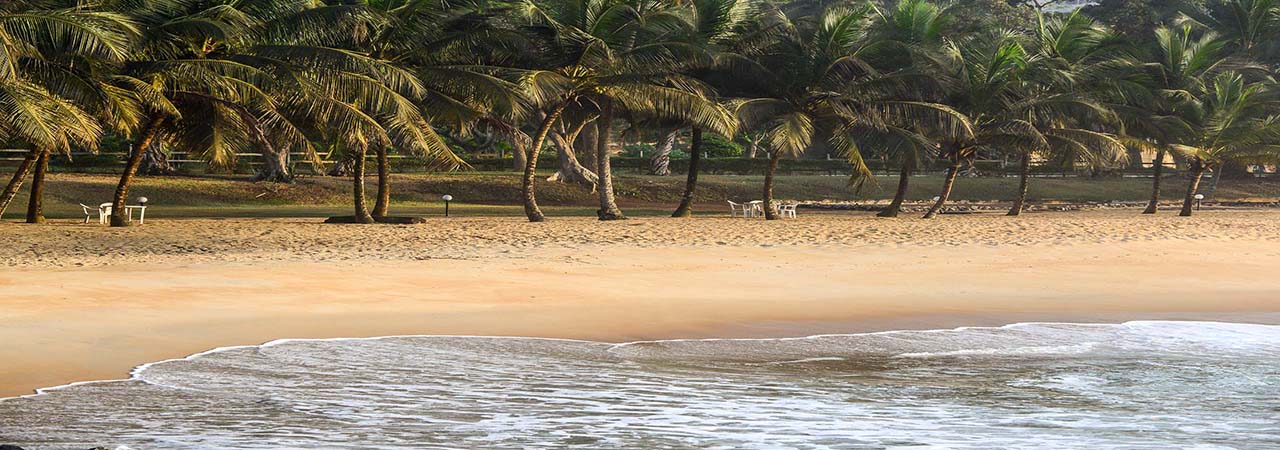

It is spread over a surface area of 12,790 km² and has a population of 261,616 inhabitants (2014). The San Pedro region is located in the extreme south-west of Côte d’Ivoire. It is 482 km from Yamoussoukro, the political and administrative capital. The San Pedro Region together with the regions of Gbokle and Nawa, constitute the district of Bas Sassandra. The district of Bas-Sassandra is one of the richest in the country, thanks to the port of San Pedro, which is the second in Côte d’Ivoire after that of Abidjan. It is the world’s leading port for cocoa bean exports with more than half of the Ivorian harvest (1.8 million tonnes) transiting through it. The indigenous population is mostly made up of krous people: the Kroumen, Bété, Néyo, Bakwé ethnic groups and also foreigners coming from other regions or other countries, especially from Baoulés, Dioulas and Burkina Faso. The city of San Pedro also has an airport served by flights of the local airline AIR COTE D’IVOIRE.
The seaside facilities of San Pedro

Cradled by the Gulf of Guinea offering 150 kilometers of beaches, San Pedro is the part of Côte d’Ivoire where you can find the most beautiful beaches. San Pedro has unparalleled beach facilities and quality hotel receptions.
The Taki Bay

It is a very beautiful seaside resort and is protected by a thick vegetation cover. It offers swimming and relaxation facilities.
The Sassandra bay

The beaches of Sassandra are competing in terms of beauty: on one side, we discover a beautiful bay, pleasant for bathe; and on the other side, the visitor is fascinated by the rocks that make a part of the beach so natural.
The beach of Drewin

Drawing is a seaside resort with a natural pool covered with coconut and fine sand. The Drewin seaside resort is favorable to water sports, sport fishing and is a must for surf lovers in Côte d’Ivoire.
The governor's palace in Sassandra
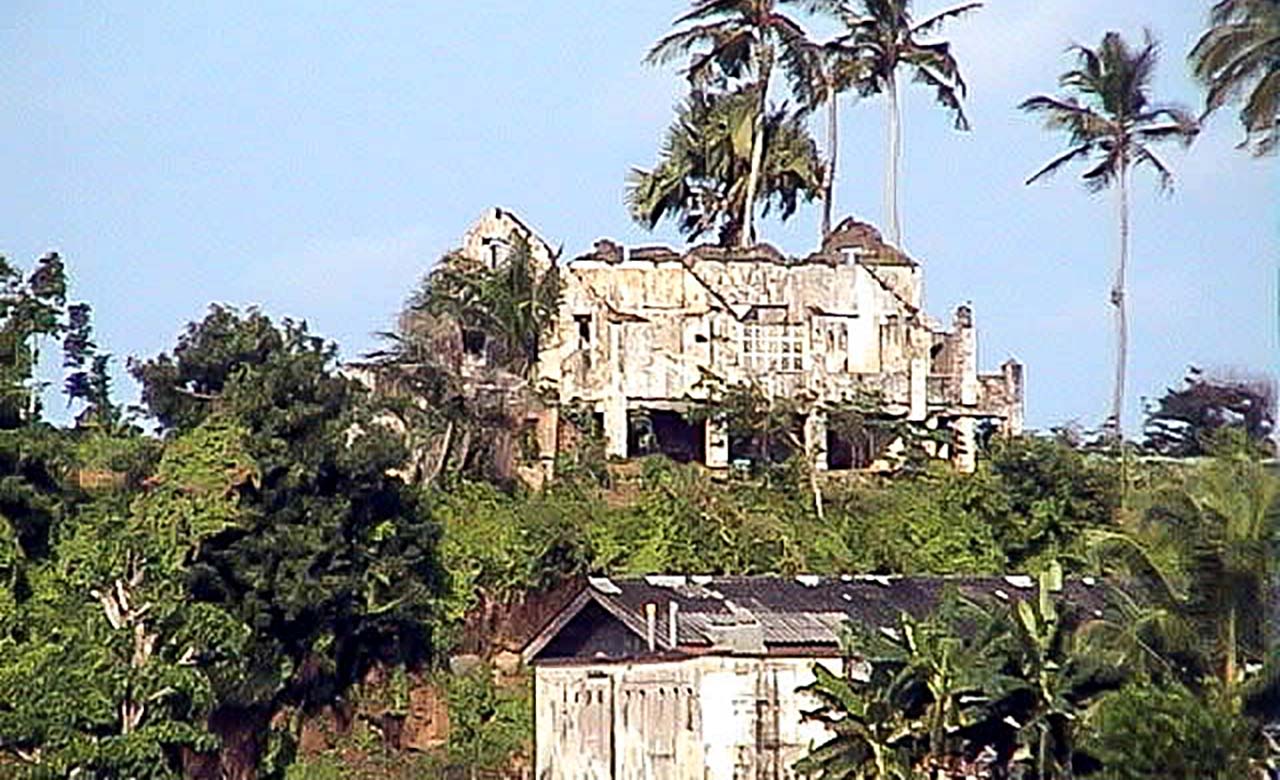
This old building with history has been prefabricated in France and delivered April 18, 1893. It still seduced by its colonial architecture and its geographical position many visitors. Built on a cliff, the ruin of the Governor’s Palace offers a breathtaking panoramic view of tourist sites such as Sassandra Bay, the artisanal port, the wharf and the old colonial era commercial hangars.
The Sassandra wharf of San Pedro

Built in 1951, the Sassandra wharf remains one of Côte d’Ivoire’s most visited attractions. It is the fourth in the country and it once favored maritime trade between Côte d’Ivoire and other countries, until the opening of the Vridi Canal and the Port of Abidjan.
The Tabou beaches

Tabou is the last coastal town after San Pedro. It is located at 512 km from Abidjan. The city offers sensational beaches thanks to its planned lagoon waters.
The Tai National Park
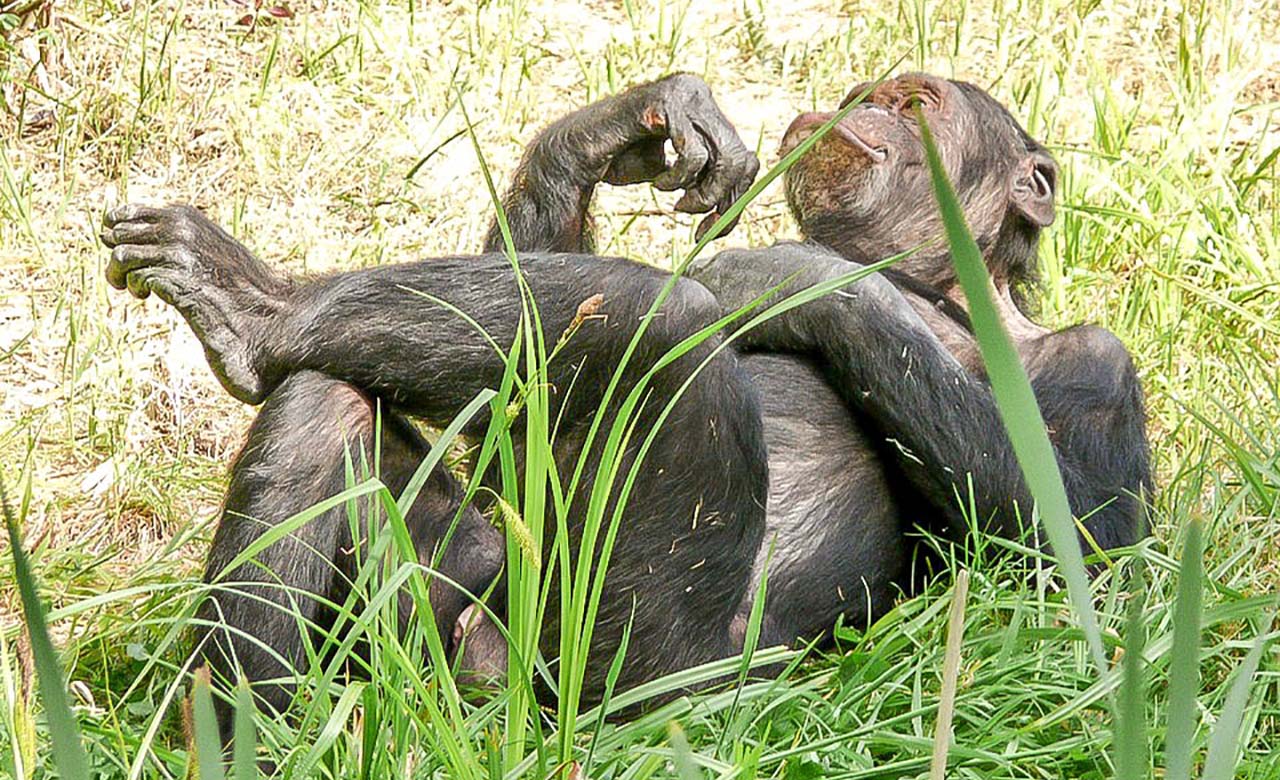
Found in the southwest of the country, the TAI National Park was created in 1973. It covers an area of 350 000 hectares and it derives its name from the city of TAI. The Tai National Park has been a Biosphere Reserve since 1978 and has been listed as World Heritage by UNESCO since 1981. It has nearly 140 species of mammals, including 12 endemic species, 240 species of birds and many species of insects, 1800 plant species including 138 endemic species. This park is endowed with extraordinary flora and fauna. It is home to pygmy hippos, elephants, red colobus, forest buffaloes and a wide variety of primates.
The city of Soubre
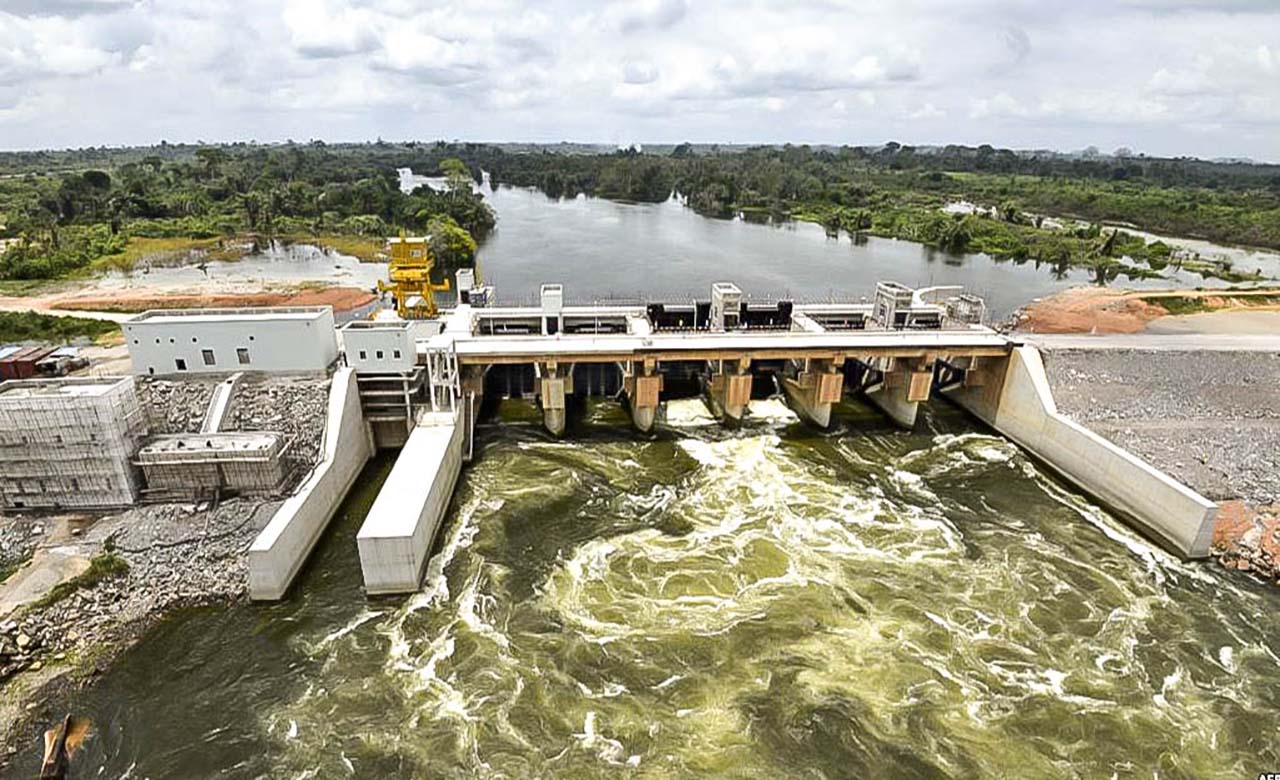
Agriculture and fishing are the main activities of the people of the Nawa Region. Several tons of cocoa are produced each year, this region is the number one national producer, including the cocoa plantations of the village of Petit Bondoukou and Méagui. The region also produces Coffee and rubber.
The Nawa waterfalls of San Pedro
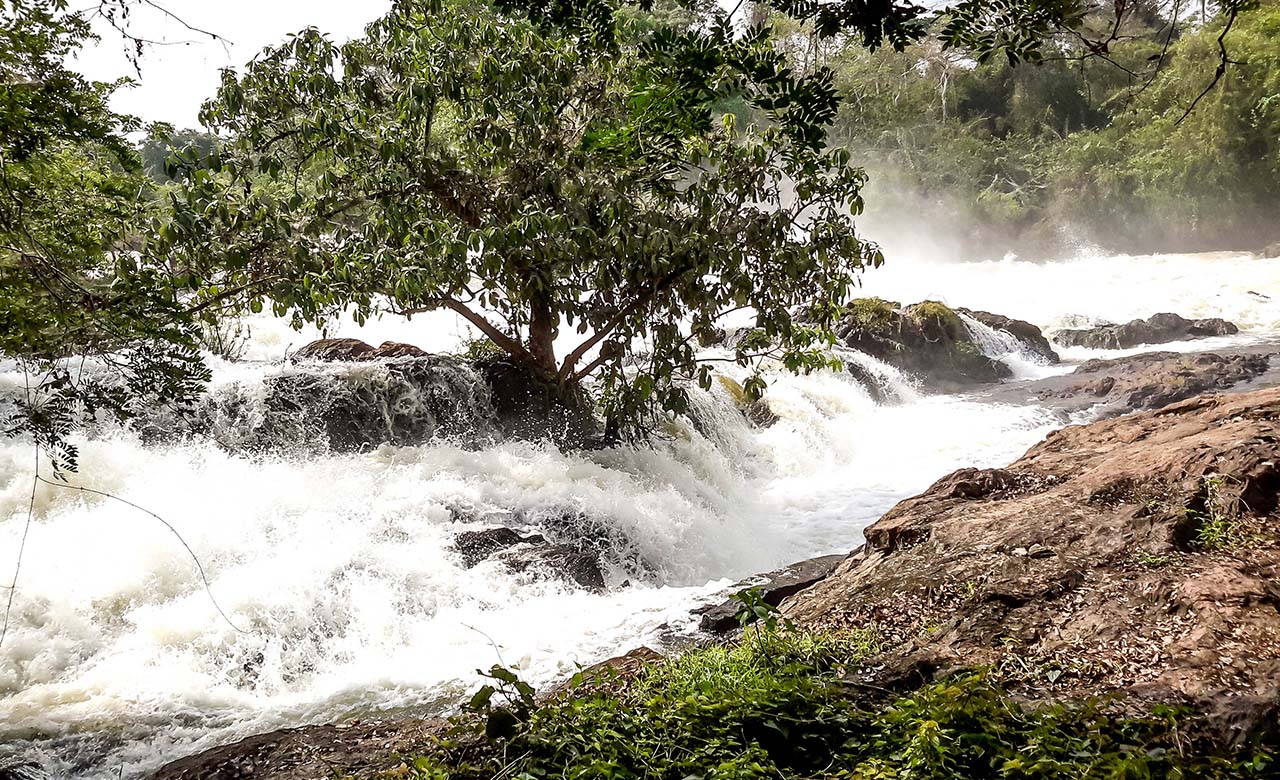
In the heart of the forest and along the Sassandra River, the NAWA waterfalls allow you to admire the picturesque rock falls in the heart of this luxurious vegetation. The force of the waterfalls can be heard from several kilometers away in the surrounding villages. The NAWA waterfalls are sacred and represent a place of pilgrimage and spiritual retreat for the inhabitants of the region. The initiates, guarantors of the tradition, do perform rituals and communicate with the ancestors.
Welcome in the Kroumen country
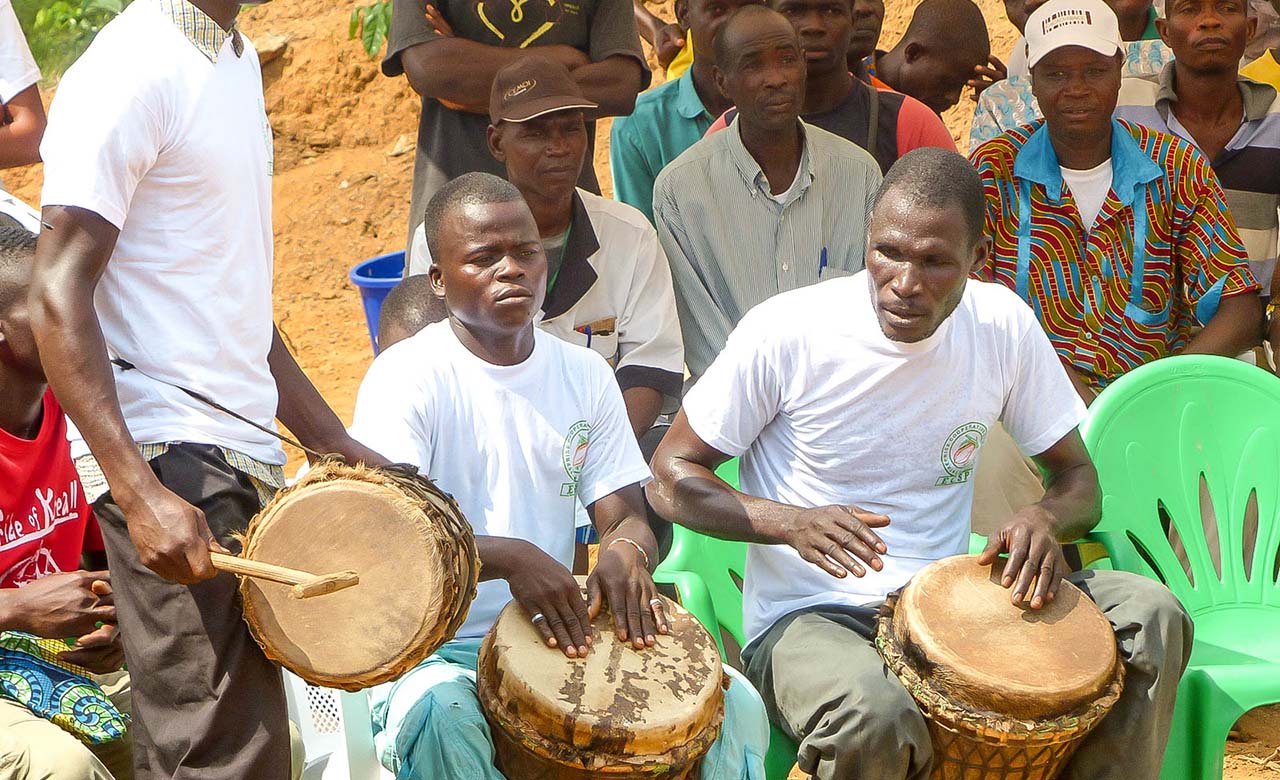
The sharing of kola nut, water, pepper and palm wine are 4 essential elements of welcome for the people of the San Pedro area. The Kroumen people, according, a warm welcome to a host is an important ancestral art that has been practiced for generations.
The super Bolo of San-Pedro

The Super Bolo is a dance in the San Pedro Region, which consists of performing pirouettes with a particular acceleration of dancers dancing in pairs. The origins of this dance with melodious rhythm are lost in the mists of time. This wonderful dance highlights the cultural richness of the Kroumen people.
